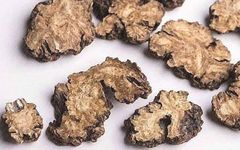Chuan Xiong (Ligusticum Chuanxiong)
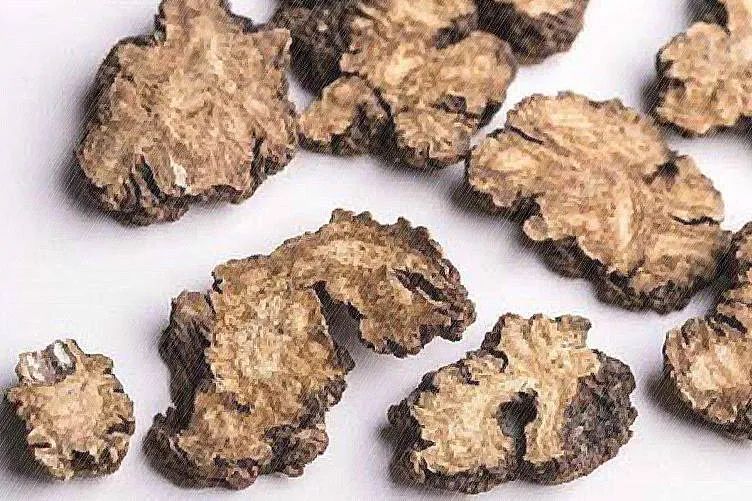
【Alias】Shan Ju Qiong (《Zuo Zhuan》), Xiong Yao (《Ben Jing》), Xiang Guo (《Wu Pu Ben Cao》), Hu Yao (《Bie Lu》), Ma Xian Xiong Yao (Tao Hongjing), Que Nao Xiong, Jing Xiong (《Ben Cao Tu Jing》), Guan Xiong (《Zhen Zhu Nang》), Fu Xiong (《Dan Xi Xin Fa》), Tai Xiong (《Ben Cao Meng Quan》), Xi Xiong (《Gang Mu》).
【Source】
It is the rhizome of the plant Ligusticum Chuanxiong, belonging to the Umbelliferae family. Cultivators in the plains harvest it 4-5 days after the “Xiao Man” solar term, while those in mountainous areas typically harvest it in August and September. The rhizome is dug up, cleaned of leaves and soil, washed, dried in the sun or baked, and then the fibrous roots are removed using a pounding device.
【Morphology】
This is a perennial herb, 40-70 cm tall, with a strong aroma throughout the plant. The rhizome is irregularly knobby and bulbous, with numerous fibrous roots at the lower end. The stem is erect, cylindrical, hollow, and has longitudinal grooves on the surface. The lower nodes of the stem swell into a disc shape (commonly known as Ling Zi), while the nodes above do not swell. The lower leaves are petiolate, with petioles 3-10 cm long, widening into a sheath at the base; the leaf blades are ovate-triangular, 12-15 cm long and 10-15 cm wide, with three to four times pinnate lobes, 4-5 pairs of ovate-lanceolate leaflets, 6-7 cm long and 5-6 cm wide, with the terminal lobes linear-lanceolate to ovate, 2-5 mm long and 1-2 mm wide, with a small pointed tip and sparse short soft hairs only on the veins; the upper leaves gradually simplify. The compound umbel is terminal or lateral, with 3-6 linear bracts, 0.5-2.5 cm long; the rays are 7-20, unequal in length, 2-4 cm long; the small umbel has 10-24 flowers; the small involucres are 2-7, linear, slightly purplish, covered with soft hairs, 3-5 mm long; the calyx teeth are undeveloped; the petals are white, ovate to elliptical, with a short pointed protrusion at the tip, curved inward; there are 5 stamens with pale green anthers; the style is 2, 2-3 mm long, curved downward. The immature fruit is flattened on both sides, 2-3 mm long and about 1 mm wide; there are 1-5 oil ducts in the dorsal grooves, 2-3 in the lateral grooves, and 6-8 in the fused surface. The flowering period is from July to August, and the immature fruit period is from September to October.
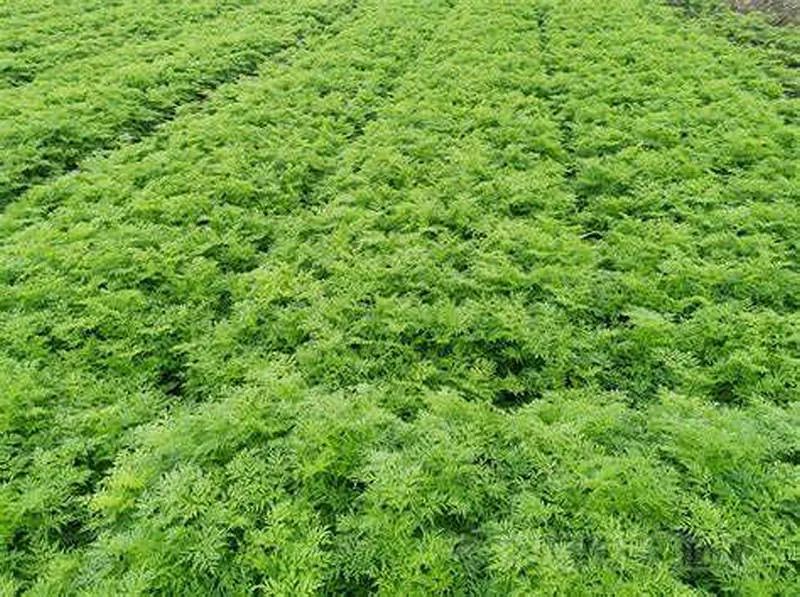
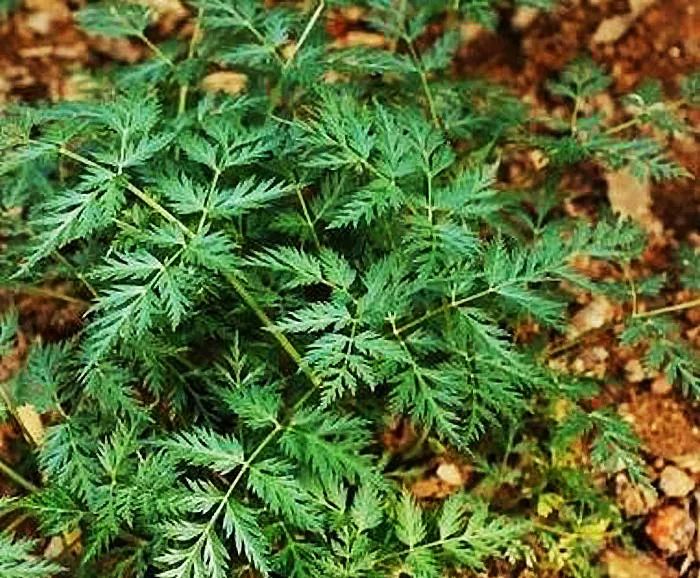
【Habitat Distribution】
Ecological environment: A well-known cultivated medicinal herb, not found in the wild.
Resource distribution: Mainly cultivated in Sichuan, Yunnan, Guizhou, Guangxi, Hubei, Hunan, Jiangxi, Zhejiang, Jiangsu, Shaanxi, Gansu, and other regions.
【Taste and Properties】
Pungent; warm in nature.
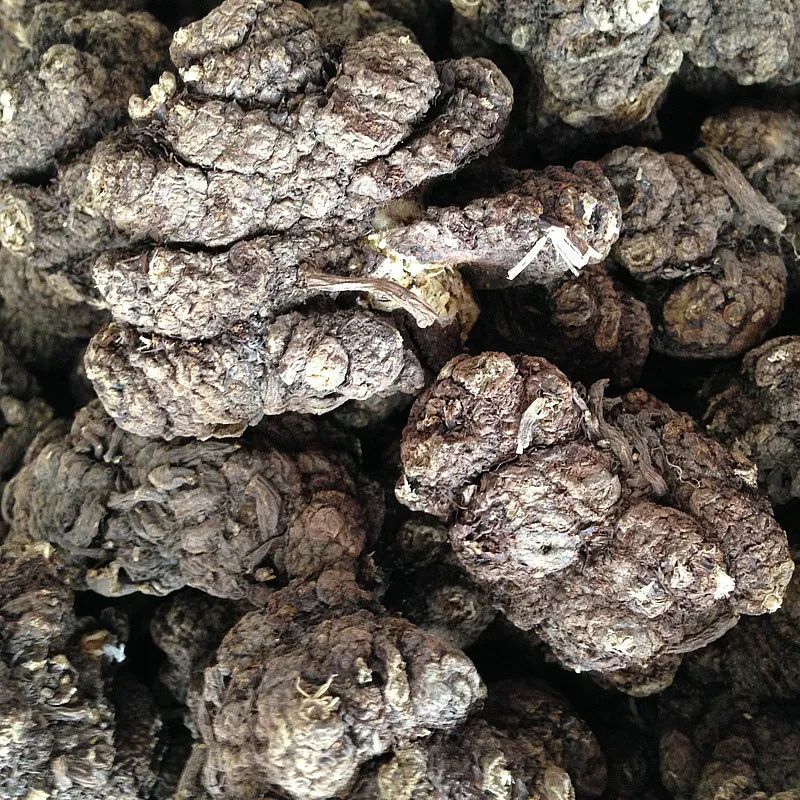
【Preparation】
Chuan Xiong: Remove impurities, separate large and small pieces, soak in water, dry in the sun, moisten, then slice and dry.
Jiu Chuan Xiong: Take Chuan Xiong slices, spray evenly with yellow wine, slightly moisten, stir-fry in a pan until slightly charred, then cool (for every 100 jin of Chuan Xiong slices, use 12 jin 8 liang of yellow wine).
【Characteristics】
The rhizome is irregularly knobby and bulbous, 4-8 cm long and 4-6 cm in diameter. The surface is deep yellow-brown, with prominent knobby elevations, and numerous round or oval stem scars on the upper side, 5-15 mm in diameter, forming depressions. The lower side and nodes have many root scars, forming small tuberous elevations. The texture is solid, with a yellowish cross-section, and the cambium forms distinct rings, scattered with small yellow oil spots. It has a distinctive clear aromatic and bitter taste.
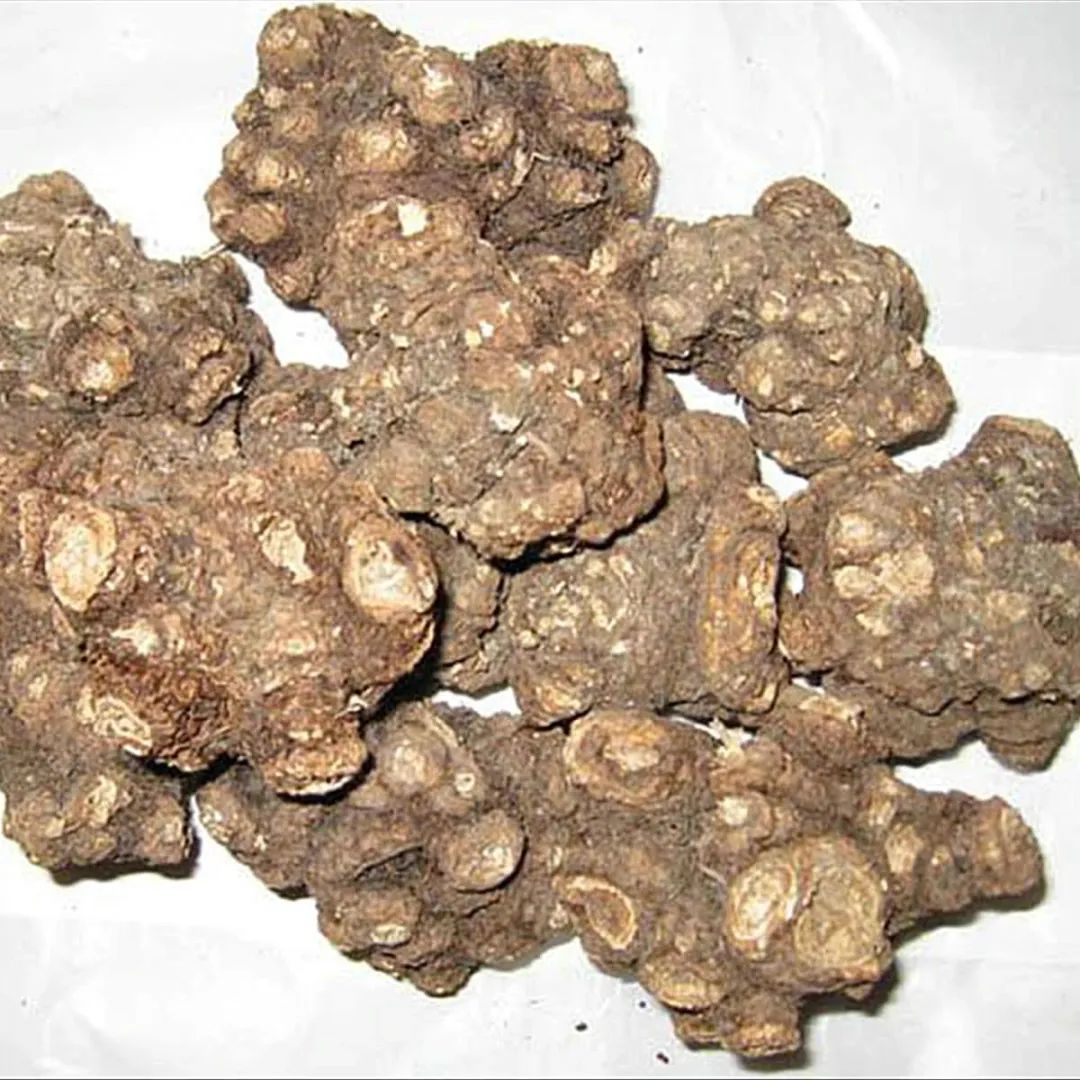
【Meridian Affinity】
Enters the Liver (Gan) meridian, Gallbladder (Dan) meridian, and Pericardium (Xin Bao) meridian.
①《Tang Ye Ben Cao》: “Enters the hand and foot Jue Yin and Shao Yang meridians.”
②《Yao Pin Hua Yi》: “Enters the Liver, Spleen, and San Jiao meridians.”
【Functions】Regulates Qi and relieves stagnation, dispels wind, alleviates pain, dries dampness and stops diarrhea, invigorates blood and dispels stasis.
【Indications】Indicated for wind-cold headache and dizziness, difficult labor, postpartum stasis and pain, abscesses and sores, irregular menstruation, dysmenorrhea, abdominal pain, stabbing pain in the chest and hypochondria, swelling and pain from falls, rheumatic pain, masses and lumps, sores and swelling, pain from injuries.
①《Ben Jing》: Indicated for stroke with headache, cold bi syndrome, muscle spasms, traumatic injuries, and women’s blood stasis leading to infertility.
②《Bie Lu》: Eliminates cold movement in the brain, facial wind, excessive tears, runny nose, sudden dizziness, cold air, abdominal pain, sudden swelling and pain, hypochondriac wind pain, and internal cold.
③ Tao Hongjing: For bleeding from the roots of teeth, hold it in the mouth for healing.
④《Yao Xing Lun》: Treats weakness in the waist and legs, hemiplegia, retained placenta, and abdominal cold pain.
⑤《Ri Hua Zi Ben Cao》: Treats all types of wind, Qi, fatigue, blood issues, nourishes the five fatigues, strengthens muscles and bones, regulates various pulses, breaks up masses and stagnant blood, nourishes new blood, promotes flesh growth, nasal bleeding, hemoptysis, hematuria, anal fistula, brain abscess, scrofula, sores, and pus discharge.
⑥《Yi Xue Qi Yuan》: Nourishes blood and treats blood deficiency headache.
⑦ Wang Hao Gu: Searches for liver Qi, nourishes liver blood, moistens liver dryness, and supplements wind deficiency.
⑧《Gang Mu》: Dries dampness, stops diarrhea and dysentery, regulates Qi and relieves stagnation.
【Dosage and Administration】3-9 grams, decocted for oral use.
Internal use: Decoction, 3-10g; powdered, 1-1.5g per dose; or in pills or powders.
External use: Appropriate amount, powdered and sprinkled; or decocted for gargling.
【Precautions】
Contraindicated for individuals with Yin deficiency and excessive heat, those with excess above and deficiency below, and those with weak Qi.
1.《Ben Cao Jing Ji Zhu》: Bai Zhi is an assistant. Avoid Huang Lian.
2.《Pin Hui Jing Yao》: Prolonged use may disperse true Qi.
3.《Ben Cao Meng Quan》: Avoid Huang Qi, Shan Zhu, and Wolf Poison. Avoid Nitrate and Talc, and counteract with Li Lu.
4.《Ben Cao Jing Shu》: For patients with excess above and deficiency below, excessive heat rising, vomiting, coughing, spontaneous sweating, night sweats, dry throat, fever, thirst, and irritability, it is contraindicated.
5.《Ben Cao Cong Xin》: Not suitable for Qi rising with phlegm and asthma.
6.《De Pei Ben Cao》: Contraindicated for severe fire in the middle, spleen deficiency with little food, and headaches from Qi stagnation.
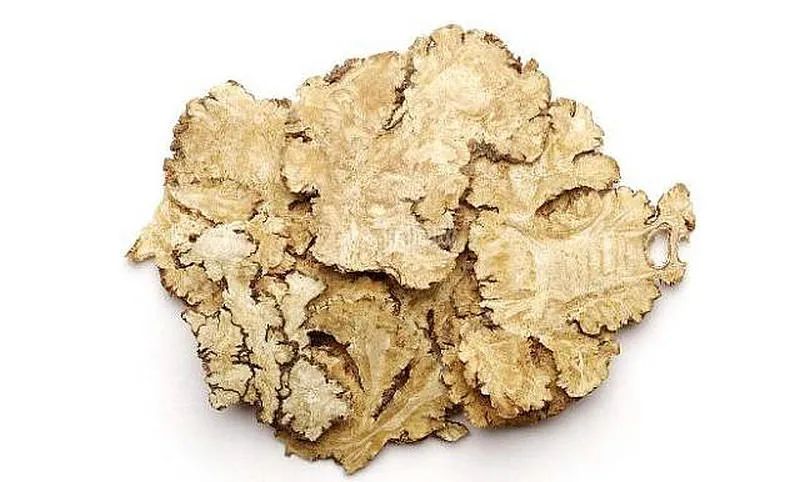
【Prescription Names】
Chuan Xiong, Fu Xiong (washed, dried, and cut into pieces), Jiu Chuan Xiong (stir-fried until slightly charred)
【Notes】
1. Chuan Xiong was originally named Xiong Yao. It is pungent, warm, and aromatic, dispersing and not retaining, capable of moving upwards to the top; it also enters the blood level, moving downwards to the blood sea. Its blood-invigorating and stasis-dispelling effects are extensive, suitable for various conditions of blood stasis; it dispels wind and alleviates pain effectively, treating headaches and rheumatic pain.
2. Ancient texts refer to Chuan Xiong as the Qi herb in the blood, suggesting its functions of dispersing, relieving stagnation, promoting circulation, and alleviating pain. This interpretation is for reference.
3. This product is pungent and warm, and should not be used in cases of Yin deficiency and Yang hyperactivity, or in cases of excessive menstruation and pregnancy.
【Chuan Xiong Formulas】
① For treating various wind attacks, heavy head and eyes, unilateral and bilateral headaches, nasal congestion, and body aches: Bo He Ye (Mint leaves, unburned) 8 liang, Chuan Xiong, and Jing Jie (remove stems) each 4 liang, Xiang Fu Zi (stir-fried) 8 liang (some texts suggest Xi Xin without the bulb 1 liang), Fang Feng (remove stems) 1.5 liang, Bai Zhi, Qiang Huo, and Gan Cao each 2 liang; grind the above herbs into a fine powder, take 1 qian after meals with tea, for regular use to clear the head. (《Ju Fang》 Chuan Xiong Tea Powder)
② For treating unilateral headache: Jing Xiong finely chopped, soaked in wine for consumption. (《Dou Men Fang》)
③ For treating dizziness and vertigo, external wind-cold, and stomach phlegm: Chuan Xiong 1 jin, Tian Ma 4 liang. Grind into powder, mix with honey to form pills, 10 pills per 2 liang. Take 1 pill, chew well, and drink with tea or wine after meals. (《Xuan Ming Lun Fang》 Chuan Xiong Pills)
④ For treating wind-heat headache: Chuan Xiong 1 qian, tea leaves 2 qian. Boil with 1 cup of water for 5 minutes, take hot before meals. (《Jian Bian Dan Fang》)
⑤ For treating abdominal pain during pregnancy (placental obstruction): 2 liang of Xiong Lao, 2 liang of Ejiao, 2 liang of Gan Cao, 3 liang of Ai Ye, 3 liang of Dang Gui, 4 liang of Bai Shao, and 6 liang of Sheng Di Huang. Combine the seven herbs with 5 liters of water and 3 liters of clear wine, boil to obtain 3 liters, remove the dregs, and dissolve the gelatin completely, take 1 liter warm, three times a day, if not healed, prepare again. (《Jin Gui Yao Lue》 Jiao Ai Decoction)
⑥ For treating women in pregnancy 5-7 months, if there is a bump on the fetus due to an accident, or if the fetus dies in the womb, and there is continuous pain, use this medicine to probe; if there is no damage, the pain will stop, and both mother and child will be safe; if the fetus is damaged, it will be expelled immediately: 6 liang of Dang Gui (washed, peeled, cut, and dried), 4 liang of Chuan Xiong (washed). Grind into coarse powder, take 2 qian with a small cup of water, boil until dry, add a large cup of wine, boil once, remove the dregs, and take warm, if the mouth is closed, administer as if a person walks 5-7 li, repeat no more than three doses to give birth. (《Ben Shi Fang》 Fo Shou Song)
⑦ For treating postpartum blood dizziness: 1 liang of Dang Gui, 5 qian of Chuan Xiong, and 2 qian of Jing Jie (stir-fried black). Boil in water for oral use. (《Qi Fang Lei Bian》)
⑧ For treating postpartum abdominal pain: Chuan Xiong (washed, chopped), Gui Xin (Cinnamon) (not burned, chopped), Mu Xiang (chopped, dried), Dang Gui (remove stems, washed, chopped, dried), Tao Ren (remove skin, tips, and double kernels, stir-fried until yellow) each 1 liang. Grind into fine powder. Take 1 qian, mix with hot wine, if unwilling to drink wine, use 1 cup of water, 2 qian of powdered medicine, boil until 70% done, take warm. (《Wei Sheng Jia Bao Fang》 Chuan Xiong Powder)
⑨ For treating postpartum stasis pain: 8 qian of Dang Gui, 3 qian of Chuan Xiong, 14 pieces of Tao Ren (remove skin, tips, grind), 5 fen of black ginger (stir-fried ginger), and 5 fen of roasted licorice. Use equal parts of yellow wine and children’s urine to boil. (《Fu Qing Zhu Nan Ke》 Sheng Hua Decoction)
⑩ For treating children’s brain heat, favoring closed eyes, and pain in the temples or red swollen eyes: Chuan Xiong, Bo He, and Pu Xiao each 2 qian, grind into powder, and blow a small amount into the nose. (《Quan You Xin Jian》)
【Dietary Therapy】
1. Lamb Kidney Wontons
50 grams of lamb kidney, 3 grams of cinnamon, 2 grams of Sichuan pepper, 5 grams of Chuan Xiong, 250 grams of flour, soy sauce, and fine salt to taste. Grind the cinnamon, Sichuan pepper, and Chuan Xiong into powder for later use. Clean the lamb kidney, remove the skin, wash to eliminate odor, chop into meat paste, mix with the powdered herbs and appropriate amounts of soy sauce and fine salt to make the filling. Prepare wontons in the usual way. Serve warm.
Function: Warms Yang, disperses cold, invigorates blood, and alleviates pain, indicated for dysmenorrhea.
2. Chuan Xiong Clam Soup
200 grams of clam meat, 10 grams of Chuan Xiong, potatoes, and seasonings to taste. Add an appropriate amount of water to Chuan Xiong and boil to obtain about 50 ml of medicinal juice, filter out the dregs for later use, slice the potatoes and put them in a pot, add the Chuan Xiong juice and an appropriate amount of water, cook until the potatoes are almost done, then add the washed clam meat, boil, and add scallions and other seasonings.
Function: Strengthens essence, invigorates blood, promotes blood production, and calms the mind. Indicated for coronary heart disease, angina pectoris, irregular menstruation, and dysmenorrhea.
3. Chuan Xiong Eel Soup
6 grams of Chuan Xiong, 15 grams of Dang Gui, 500 grams of eel, and appropriate cooking wine. Clean the eel, remove the spine, internal organs, head, and tail, cut into slices, and shred. Place Dang Gui and Chuan Xiong in a cloth bag and seal it. Put the shredded fish and the medicine bag in a pot, add cooking wine, seasonings, and an appropriate amount of water, boil vigorously, skim off the foam, then simmer for 1 hour, remove the medicine bag, and add monosodium glutamate to finish. Eat the fish and drink the soup, served in portions.
Function: Invigorates blood, nourishes blood, opens the meridians, and alleviates pain. Indicated for assisting in the treatment of injuries, headaches, and dizziness.
【Clinical Application】 For treating angina pectoris: Take equal parts of Chuan Xiong and Hong Hua, make into tablets (each 12 tablets containing 5 qian of each herb), take 4 tablets, three times a day. A course of treatment lasts 4-6 weeks.| END |
The above content is for public sharing, discussion, and reference only, and does not reflect or represent the opinions and views of the Life Physics Society operators. Please think objectively and do not follow blindly or reject. Please verify or choose when forwarding and quoting.
All suggestions in this article are for reader reference only and cannot replace professional medical diagnosis or prescriptions. Please do not attempt without professional guidance. Readers should carefully assess their health conditions and choose suitable health maintenance plans.
Copyright belongs to the original author, and we thank the original author for their hard work. If there are copyright issues, please contact us via email: [email protected], and we will correct it promptly.


